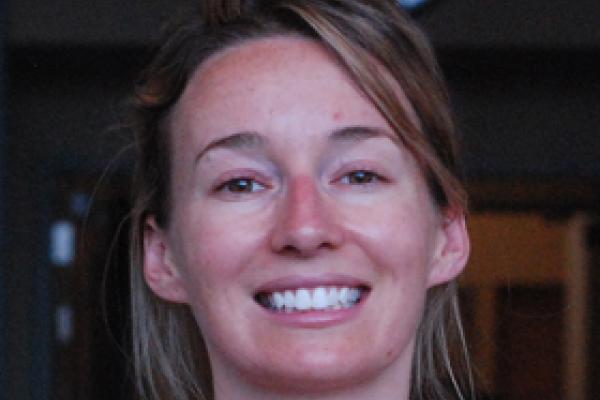
Title: The Geometry of Fractal Sets from the Perspective of Fourier Analysis and Projection Theory
Speaker: Krystal Taylor
Abstract: Fractals are sets with intricate structure at infinitely many scales. Such sets fall outside the reach of usual Euclidean geometry, and a primary aim of fractal geometry is the development of more general notions of size and structure. Fractal geometry is rich with with counter-intuitive sets and surprising constructions which serve as powerful counter-examples in harmonic analysis, topology, functional analysis, number theory, and other areas. (Fractals have even found application in machine learning and medical imaging). One robust way to study these complicated objects is to decompose them into simpler components. Two powerful methods of decompositions include the Fourier transform and projection theorems. The Fourier transform decomposes a function or measure into frequencies which are often easier to analyze. Orthogonal projections allow one to view higher dimensional objects in terms of lower dimensional information. Furthermore, there is an interesting synergy between Fourier information and projection information.
In this talk, we consider a series of results and questions in fractal geometry in the context of some larger themes in mathematics. Background and examples are provided, as well as open problems.
Note: This is part of the Invitations to Mathematics lecture series given each year in Autumn Semester. Pre-candidacy students can sign up for this lecture series by registering for one or two credit hours of Math 6193, class #9226 (with Prof H. Moscovici).
